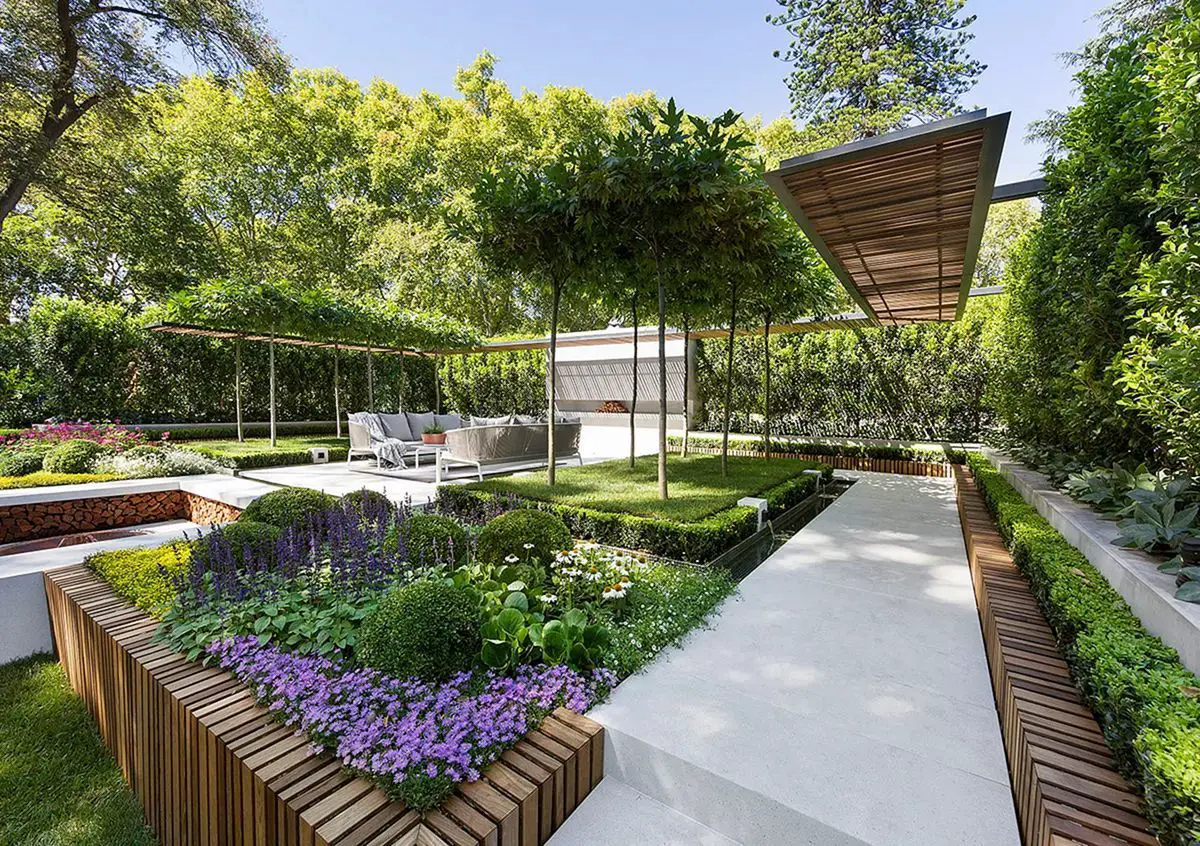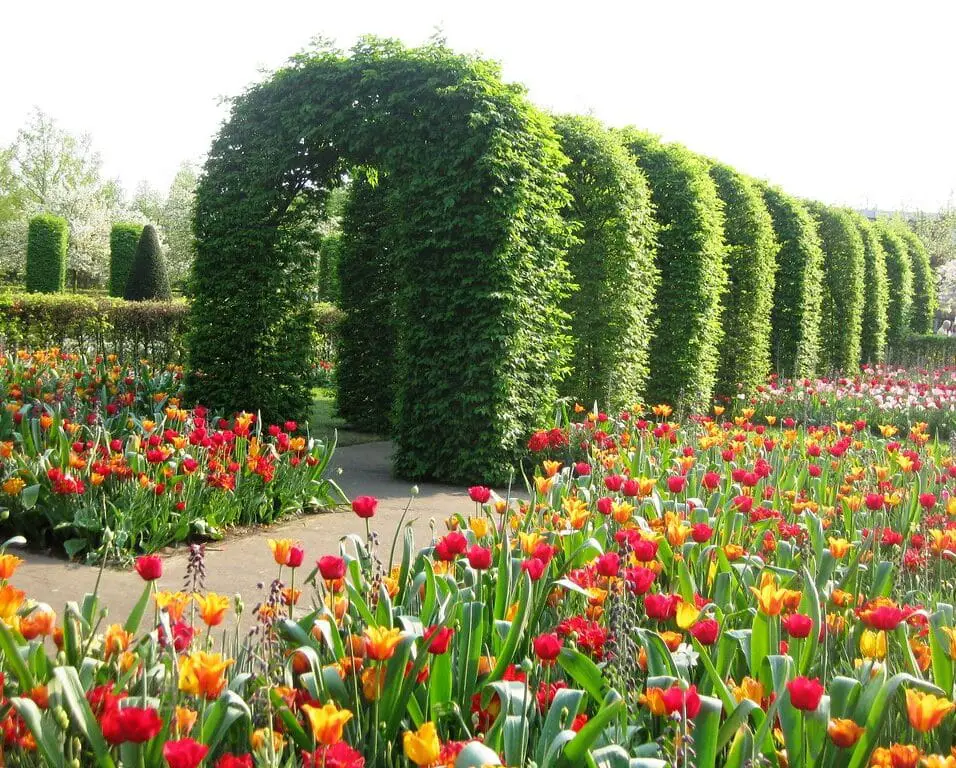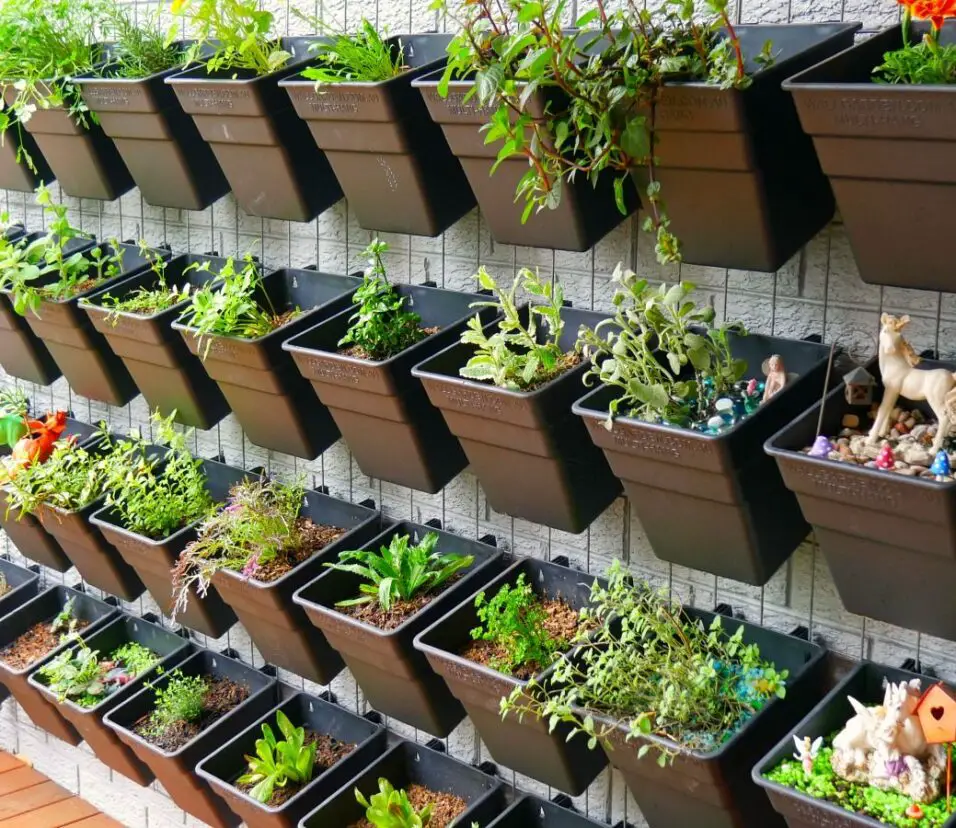What Zone Is California For Gardening
Introduction
What Zone Is California For Gardening: California Gardening Zones: When it comes to gardening, understanding your specific gardening zone is crucial for successful plant growth and maintenance. In the United States, the Department of Agriculture has divided the country into various gardening zones based on climate and temperature patterns. These zones help gardeners determine which plants are most suitable for their region and provide valuable information on when to plant and how to care for different types of plants.
California, known for its diverse climate and vast landscapes, is home to several gardening zones. These zones range from the cool coastal areas to the hot and arid regions of the inland valleys. Each zone has its own unique characteristics and presents different challenges and opportunities for gardeners.
Understanding California’s Gardening Zones: California is divided into several gardening zones, including zones 4 through 11. Zone 4, located in the northernmost part of the state, experiences cold winters with temperatures dropping as low as -30 degrees Fahrenheit. On the other hand, zone 11, found in the southernmost parts of California, has a tropical climate with mild winters and hot summers.
Within these zones, there are also microclimates that can further influence gardening soil conditions. For example, coastal areas tend to have cooler temperatures and higher humidity, while inland valleys can experience extreme heat and dry conditions. It is important for gardeners to consider these microclimates when selecting plants and planning their gardens.
Additionally, California’s diverse topography, which includes mountains, deserts, and valleys, contributes to the variation in gardening zones. Higher elevations in mountainous regions can have colder temperatures and shorter growing seasons, while desert areas may have limited water availability and require drought-tolerant plants.
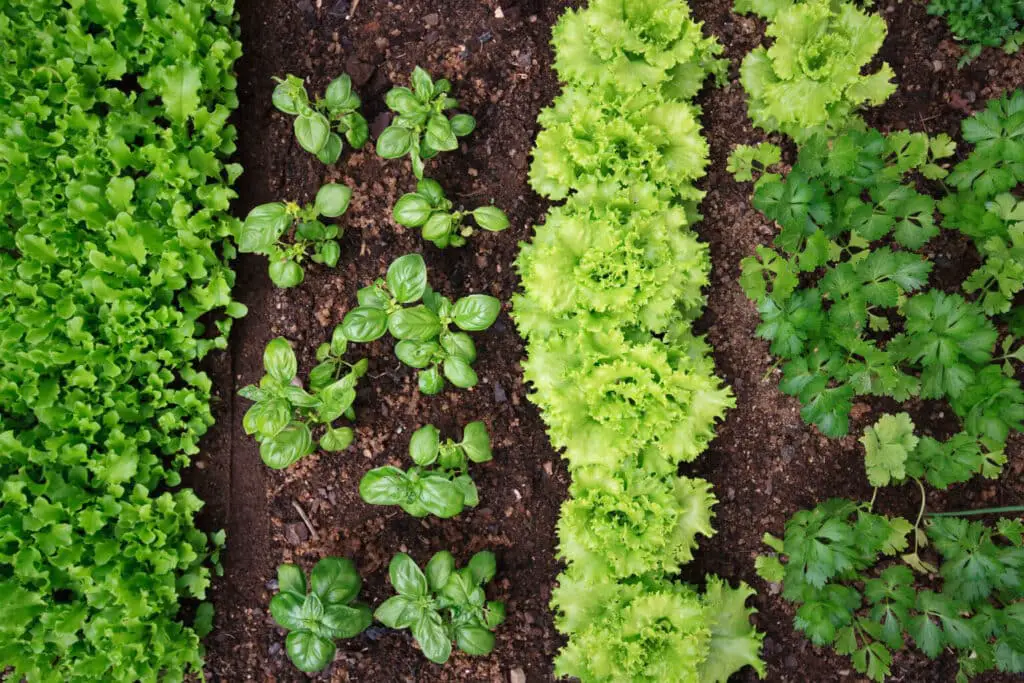
Which planting zone is California?
California, nicknamed as ‘The Golden State,’ has warm, sunny weather most of the year. The state has seven growth zones (5, 6, 7, 8, 9, 10, 11) with average minimum temperatures between -20° and 45° F (-28.9° and 7.2° C).
California is on the west coast. Due to its unique climate and terrain, many plant species grow there. Each planting zone in the state has its own gardening and landscaping needs.
The USDA Hardiness Zone Map is widely used to determine planting zones. Based on average annual lowest temperatures, this chart divides the US into 13 zones. To cater for smaller temperature differences within each zone, A and B subzones are created.
California’s planting zones range from Zone 4 in the mountains to Zone 11 on the coast.
The Sierra Nevada Mountains in Zone 4 have winters as cold as -30°F (-34°C). Zone 11, which includes Los Angeles and San Diego, has a warmer climate with winter lows of 40°F (4°C).
Gardeners and landscapers use these planting zones to know which plants will grow in a certain region. Knowing the planting zone of a California site helps people choose plants for their gardens and landscapes.
Planting zones are a broad guide for plant selection, although soil type, sunlight exposure, and water availability also affect plant success. Therefore, contact local gardening materials or pros for precise recommendations for a specific place in California’s planting zones. It is important to note that while the USDA Hardiness planting Zone Map is a useful tool, it is not the only factor to consider when gardening in California. Other factors, such as soil type, rainfall patterns, and exposure to wind and sun, also play a significant role in determining what plants will thrive in a specific area. Therefore, it is recommended to consult with local gardening experts, nurseries, or agricultural extension offices to get more specific and accurate information about gardening zones in California.
What is Zone 9 in California for gardening?
Southern and lower-rainfall areas with warm-to-hot summers and generally mild but unpredictable winters that can drop to well below freezing. Includes parts of Agoura Hills and Topanga, canyons near Malibu, and Lake Arrowhead.
Zone 9 in California refers to a specific climate zone that is ideal for gardening. The United States Department of Agriculture (USDA) has divided the country into different climate zones based on average minimum temperatures. These zones help gardeners determine which plants are most likely to thrive in their specific region.
Zone 9 in California is characterized by mild winters and hot summers. It is considered a Mediterranean climate, similar to the climate found in parts of Europe and other regions around the world. This climate is known for its long, dry summers and cool, wet winters.
CA Zone 9: Cold Winters, Southern or Drier
Gardeners in Zone 9 can take advantage of the mild winters by growing a wide variety of plants that may not survive in colder climates. This includes many tropical and subtropical plants, such as citrus trees, palm trees, and bougainvillea. The warm temperatures and ample sunshine make Zone 9 an ideal location for these types of plants.
However, the hot summers in Zone 9 can present challenges for gardeners. It is important to choose plants that can tolerate the high temperatures and dry conditions. Drought-tolerant plants, such as succulents and cacti, are popular choices for Zone 9 gardens. Additionally, proper irrigation and mulching techniques can help conserve water and keep plants healthy during the summer months.
It is important to note that while the USDA Hardiness planting Zone Map is a useful tool, it is not the only factor to consider when gardening in California. Other factors, such as soil type, rainfall patterns, and exposure to wind and sun, also play a significant role in determining what plants will thrive in a specific area. Therefore, it is recommended to consult with local gardening experts, nurseries, or agricultural extension offices to get more specific and accurate information about gardening zones in California.
What climate zone number is California?
Climate Zone 6 includes the beaches at the foot of the southern California hills, as well as several miles of inland area where hills are low or nonexistent. The Pacific Ocean is relatively warm in these longitudes and keeps the climate very mild. Most of the rain falls during the warm, mild winters.
California is a state located on the west coast of the United States. It is known for its diverse climate and varied geography, ranging from coastal regions to mountainous areas. The climate in California is influenced by several factors, including its proximity to the Pacific Ocean, the Sierra Nevada mountain range, and the prevailing winds.
California is divided into several climate zones, each with its own unique characteristics.
These climate zones are determined by factors such as temperature, precipitation, and elevation. The climate zone number for California varies depending on the specific region within the state.
One of the most well-known climate zones in California is the Mediterranean climate zone, which is characterized by mild, wet winters and warm, dry summers. This climate zone is found along the coast of California, from the San Francisco Bay Area down to San Diego. It is known for its moderate temperatures and relatively low rainfall.
Another climate zone in California is the desert climate zone, which is found in the southeastern part of the state. This climate zone is characterized by hot, dry summers and mild winters. It is known for its high temperatures and low rainfall, with some areas experiencing extreme heat during the summer months.
California also has a mountain climate zone, which is found in the higher elevations of the Sierra Nevada mountain range. This climate zone is characterized by cooler temperatures and higher precipitation compared to other parts of the state. It is known for its snowy winters and mild summers.
What plant zone is Los Angeles?
Los Angeles, California is located in USDA Hardiness Zone 9 and Zone 10. Planting vegetable seeds or transplants at the correct time is important for getting the most out of your garden.
LA is plant hardiness zone 10a. Based on the average annual minimum temperature, plant hardiness zones decide which plants may flourish in a given area. The USDA’s plant hardiness zone map helps gardeners choose plants for their climate.
In Zone 10a, winter lows average 30–35 degrees Fahrenheit (-1–2 degrees Celsius). Los Angeles has warmer winters than other states. The warm environment allows many tropical and subtropical plants to grow.
Los Angeles’ zone 10a is ideal for palm trees, citrus fruits, bougainvillea, and succulents. These plants appreciate mild conditions and can endure winter frosts.
What climate zone is Los Angeles?
The climate of Los Angeles is mild to hot year-round, and mostly dry. It is classified as a Mediterranean climate, which is a type of dry subtropical climate.
Los Angeles is located in a unique climate zone known as a Mediterranean climate. This type of climate is characterized by mild, wet winters and warm, dry summers. It is often referred to as a “”perfect”” climate due to its pleasant year-round temperatures and low humidity.
Few regions have a Mediterranean climate zone, including California, Chile, South Africa, and the Mediterranean Basin. Los Angeles, on California’s southern coast, is in this climatic zone. Mediterranean climates have distinct rainy and dry seasons. Winter (November–March) is Los Angeles’ wet season. This is when the city gets most of its rain, which supports the region’s rich plant and animal life.
Warm temperatures and little rain characterize Los Angeles summers. A high-pressure system called the Pacific High blocks Pacific Ocean moisture, causing this dry period. In summer, the city has lengthy stretches of bright, dry weather.
LA has warm winters, with typical temperatures in the mid-60s to low 70s Fahrenheit (18-23 degrees Celsius). Tourists seeking winter escapes are drawn to it. Ocean proximity moderates temperatures, limiting severe heat or cold.
California gardening is mostly in Zones 8 and 9. Zone 9 includes Sacramento and Fresno, while Zone 8 includes San Francisco and Los Angeles on the coast. The USDA divides the country into zones based on average minimum winter temperatures.
Which zone is designated for gardening in California?
The gardening zone designated for California is known as Zone 8. This zone is characterized by its mild winters and warm summers, making it suitable for a wide variety of plants. Zone 8 covers a large portion of the state, including areas such as Los Angeles, San Francisco, and Sacramento.
In Zone 8, gardeners can enjoy a long growing season with the ability to grow both cool-season and warm-season crops. The average minimum winter temperature in this zone ranges from 10 to 20 degrees Fahrenheit (-12 to -6 degrees Celsius), allowing for the cultivation of many popular plants like citrus trees, roses, and various vegetables.
In what gardening zone is California located?
California is located in multiple gardening zones, as the state is quite large and has diverse climates. The primary gardening zones in California are zones 8, 9, and 10. Zone 8 covers the coastal areas of Northern California, including San Francisco and parts of the Central Valley. This zone has a mild Mediterranean climate with cool, wet winters and warm, dry summers. Zone 9 encompasses the inland valleys of Northern California, including Sacramento and parts of the Sierra Nevada foothills. This zone has hot, dry summers and cool, wet winters. Zone 10 covers the southernmost parts of California, including Los Angeles, San Diego, and the desert regions. This zone has a hot desert climate with very little rainfall.
Each gardening zone has its own specific characteristics and requirements for successful gardening.
It is important for gardeners in California to know their specific zone in order to choose the right plants and gardening techniques. The Zone 8 is suitable for a wide range of plants, including many Mediterranean and cool-season crops. Zone 9 is ideal for warm-season crops and Mediterranean plants that can tolerate the heat. Zone 10 is best suited for desert-adapted plants that can withstand the extreme heat and low water availability.
Overall, California offers a wide range of gardening opportunities due to its diverse climates and gardening zones. Whether you live along the coast, in the valleys, or in the desert regions, there are plants and techniques that can thrive in your specific zone. By understanding your gardening zone and selecting appropriate plants, you can create a beautiful and successful garden in California. It is important to note that while the USDA Hardiness planting Zone Map is a useful tool, it is not the only factor to consider when gardening in California. Other factors, such as soil type, rainfall patterns, and exposure to wind and sun, also play a significant role in determining what plants will thrive in a specific area. Therefore, it is recommended to consult with local gardening experts, nurseries, or agricultural extension offices to get more specific and accurate information about gardening zones in California.
What is the specific zone for gardening in California?
The specific zone for gardening in California is known as the USDA Hardiness Zone. This zone system is used to determine which plants are most likely to thrive in a particular region based on its climate conditions. In California, the gardening zone ranges from Zone 4 to Zone 11, with Zone 4 being the coldest and Zone 11 being the warmest.
Zone 4 is found in the mountainous regions of Northern California, where temperatures can drop as low as -30°F (-34°C) during the winter. This zone is suitable for cold-hardy plants such as conifers and certain fruit trees that can withstand freezing temperatures.
On the other hand, Zone 11 is found in the southernmost parts of California, including areas like San Diego and Los Angeles. This zone experiences mild winters with temperatures rarely dropping below 40°F (4°C). It is ideal for tropical and subtropical plants like palm trees, citrus fruits, and bougainvillea.
Can you provide information on the gardening zone for California?
California is divided into multiple gardening zones based on its diverse climate and geography. The gardening zone for California is primarily determined by the USDA Hardiness Zone Map. This map divides the United States into 13 zones based on the average annual minimum temperature. In California, the zones range from 5 to 11, with Zone 5 being the coldest and Zone 11 being the warmest.
Each gardening zone has specific temperature ranges that help gardeners determine which plants are most likely to thrive in their area. Zone 5, found in the northernmost parts of California, experiences minimum temperatures between -20 to -10 degrees Fahrenheit. On the other hand, Zone 11, which covers the southernmost parts of the state, has minimum temperatures between 40 to 50 degrees Fahrenheit.
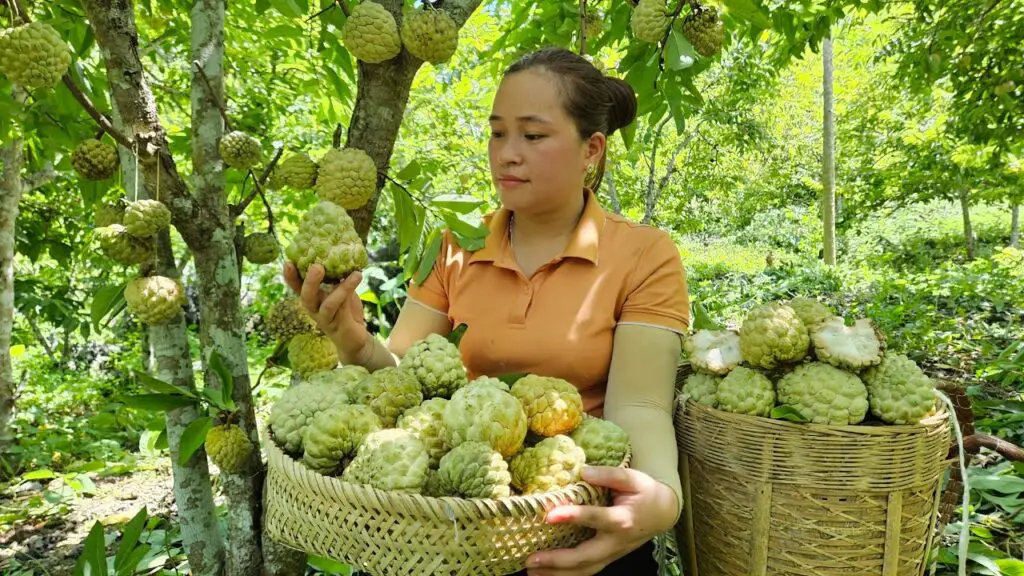
Conclusion
California is a diverse state with a wide range of gardening zones. The state is divided into several zones based on climate and temperature, which play a crucial role in determining what plants can thrive in each area. Understanding the gardening zone of California is essential for successful gardening and plant selection.
California is known for its Mediterranean climate, which is characterized by mild, wet winters and hot, dry summers. This climate is ideal for a variety of plants, including citrus fruits, avocados, and various types of flowers. However, the specific gardening zone within California can vary significantly, depending on factors such as elevation, proximity to the coast, and microclimates.
One of the most commonly used systems for determining gardening zones in California is the USDA Hardiness Zone Map. This map divides the state into several zones based on the average annual minimum temperature. Zones range from 5a in the colder regions of Northern California to 11a in the warmest parts of Southern California. By referring to this map, gardeners can gain valuable insights into the types of plants that are most likely to thrive in their specific zone.
It is important to note that while the USDA Hardiness planting Zone Map is a useful tool, it is not the only factor to consider when gardening in California. Other factors, such as soil type, rainfall patterns, and exposure to wind and sun, also play a significant role in determining what plants will thrive in a specific area. Therefore, it is recommended to consult with local gardening experts, nurseries, or agricultural extension offices to get more specific and accurate information about gardening zones in California.



